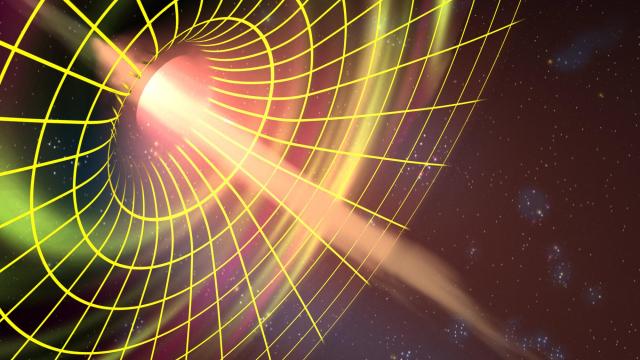The Wuhan Lab Leak Hypothesis Is A Conspiracy Theory, Not Science
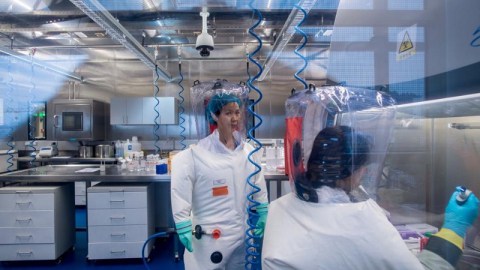
Despite the enormous flood of recent reports, there’s no good evidence for a lab leak.
At the very end of 2019, a new disease began to emerge in humans: COVID-19. Originally described as a set of pneumonia-like symptoms with a hitherto unseen cause, a set of alarming facts soon came to light. A novel virus — now known to be SARS-CoV-2 — had begun infecting humans, with the first major outbreak stemming from a wet market in Wuhan: the largest city by far in the Chinese province of Hubei. The next pandemic, just as virologists and disease ecologists had been predicting for years, emerged from the continued encroachment of human civilization on territory previously inhabited solely by wild animals. Human-animal contact, responsible for pandemics ranging from SARS to MERS to Ebola to HIV, was almost certainly the culprit in bringing this novel coronavirus into the human population as well.
But this explanation for SARS-CoV-2, claiming that it had a zoonotic origin, has been disputed by some, despite the lack of any publicly available scientific evidence to the contrary. Instead, according to recent claims, the virus may not have originated and spread from the wild, but could have escaped, in a lab leak, from the Wuhan Institute of Virology. From the point of view of the virus’s genome, there’s no way to rule such a possibility out, so long as the virus was never characterized or reported in the lab before its escape. But is this lab leak hypothesis a legitimate scientific theory, on equal or even superior footing with the zoonotic origin theory? Or is it a conspiracy theory, without the scientific evidence to back up these wild assertions? Let’s take a comprehensive look to try and unpack everything that’s been going on.
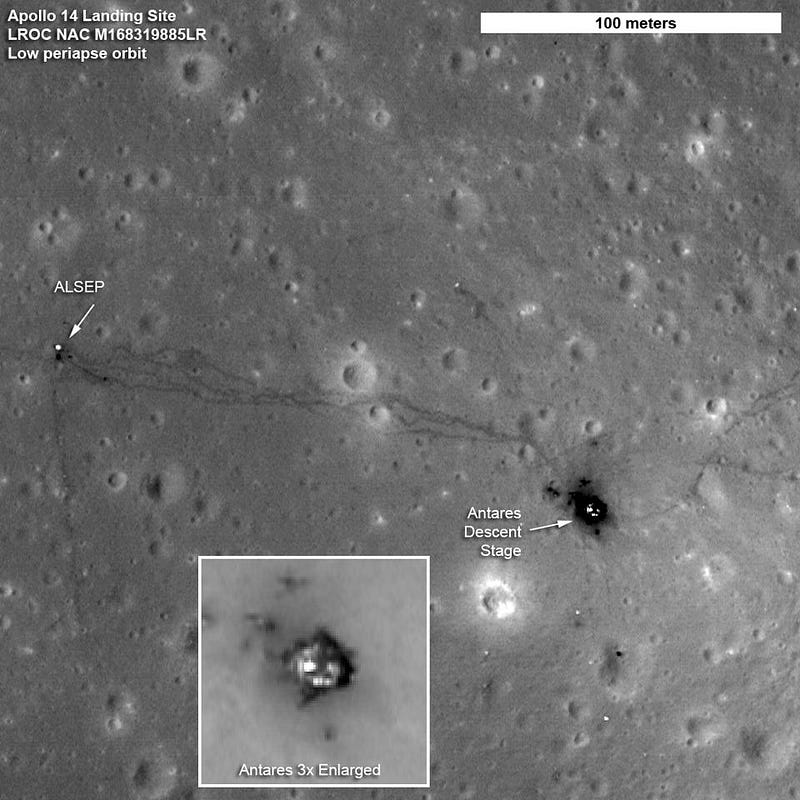
Practically every time there’s a revolutionary new phenomenon or happenstance that significantly alters the course of human society, there are a number of ideas that arise to challenge the mainstream narrative. While these can be scientifically motivated by a subset of the evidence, more often these challenges take the form of a conspiracy theory: where a number of people involved allegedly know the real, full truth behind an issue, but are covering it up, presenting an alternative narrative instead. When you mix conspiracies with science, certain people are inevitably drawn to those ideas, which include:
- the notion that the Apollo Moon landings were faked,
- the idea that 9/11 was an inside job, masterminded by the US government and that the buildings were brought down by planted explosives, rather than plane crashes, jet fuel, and fires,
- or that climate scientists all know that global warming is a hoax, but that they’re all lying to the world to promote funding for their own fields, as alleged in the ClimateGate conspiracy.
There are certain identifiable hallmarks of these theories. They always include a large number of lines of circumstantial evidence suggesting that the full truth isn’t being told. Each claim, on its own, doesn’t carry any compelling weight, but many put a variety of (possibly unrelated) puzzle pieces together to compose a suggestive picture. Many demonstrably false claims are always included as well, and as those are debunked one-by-one, supporters of the conspiracy will move the goalposts once again, claiming something like, “well, these parts of the idea aren’t true, and those are conspiracies, but (whatever aspects remain) must be the real truth!”

The other hallmark of conspiracies almost always involve some sort of guilt by association accusation. This typically manifests itself as an unclean hands argument: some statement or person that’s part of the mainstream, consensus narrative is found to have done something untrue or unethical, and therefore the entire narrative can be dismissed. Dr. Fauci, for example, caved to political pressure about encouraging people not to wear masks in order to reserve them for frontline healthcare workers, undermining the entire credibility of all subsequent public health campaigns. When Dr. Li Wenliang blew the COVID-19 whistle before succumbing to the disease in China, we learned of an uncomfortable reality: the Chinese government did try to cover up the truth about this new affliction in humans.
Although these facts don’t necessarily mean that anyone lied about any other aspects of COVID-19 — Fauci, the Chinese government, or anyone else involved in combatting the worst effects of the pandemic — it’s reasonable to question such statements. Many of us wonder about what else could be getting covered up in this situation. In fact, speculations about a lab-based origin to this virus, with claims that it was engineered as a bioweapon by the Chinese government, go back as far as January 26, 2020. But were those claims — and, in fact, all the claims that followed — motivated by legitimate scientific uncertainty? Or were these merely political machinations, designed to disingenuously cast blame while simultaneously justifying a wanton neglect of necessary responsibilities by numerous governments across the globe?

The original conspiracy theory claimed that China was in the process of engineering a bioweapon to inflict maximum damage on human populations in enemy countries around the world: a bizarre role-reversal of an earlier conspiracy theory where China claimed that the United States engineered the original, 2003 SARS virus to attack China. They claimed that SARS-CoV-2, the virus that causes COVID-19, was deliberately bioengineered as a plot against humanity, was inadequately contained, then accidentally released, and then grew into the global pandemic we all continue to live through.
These baseless claims were repeated by many prominent individuals — mostly politicians but including the occasional contrarian scientist — over the early months of 2020. In May, a faux-documentary touting various aspects of this conspiracy was released: Plandemic. The videos were viewed millions of times, and despite an enormous number of debunking pieces, including one tracking the horrific fraud and toxic legacy of its main “scientist” Judy Mikovitz, they continued to influence the thought processes of many, particularly of non-scientists.
In September of 2020, Dr. Li-Meng Yan published a pre-print of a report claiming that SARS-CoV-2 was created in a Chinese Lab as part of bioweapon research. That paper was debunked by numerous researchers, and multiple reviewers at MIT’s Rapid Reviews of COVID-19 concluded that the claims were misleading, unethical, and “baseless and are not supported by the data and methods used.”

This has been the state of affairs: wild, unsupported accusations touting a variety of conspiracies have been a highly politicized counter-narrative to the obvious consensus opinion: that SARS-CoV-2 emerged naturally, likely through pangolins as an intermediary between bats and humans, infected its first humans in 2019, and found its way to the city of Wuhan, where it entered the greater human population and grew into the ongoing pandemic.
Has anything changed, based on scientific merits, that could cause us to reconsider the idea that this virus emerged from a lab, rather than naturally? While no new scientific information has been made publicly available that would shift opinions on the scientific merits, there are some people for whom a few circumstantial facts stand out:
- NAIAD funded EcoHealth Alliance, which in turn funded a study at the Wuhan Institute for Virology on research that could have added a spike protein, like the one found in SARS-CoV-2, into an ancestral bat virus,
- the fact that leaks had occurred at labs before, and that the Wuhan Institute for Virology, the country’s only Level IV lab, was found to be following sub-standard protocols for a Level IV lab,
- and the recent “bombshell” that three workers from the Wuhan Institute for Virology had the pneumonia-like symptoms of COVID-19 back in November of 2019, more than 4 weeks before the first official cases were announced and revealed.
For some, you can look at this subset of facts and your brain will fill in the details, connecting the dots from potentially dangerous research to an insecure lab to early infections to a global pandemic. But there are no scientific revelations to be had here. In fact, while news coverage has increased, the science case has actually weakened; what’s being presented is essentially just the already-debunked Plandemic ideas with a few of the discredited points removed. That places you, the non-expert, in a situation where you’re asked to draw your own conclusions with insufficient information.
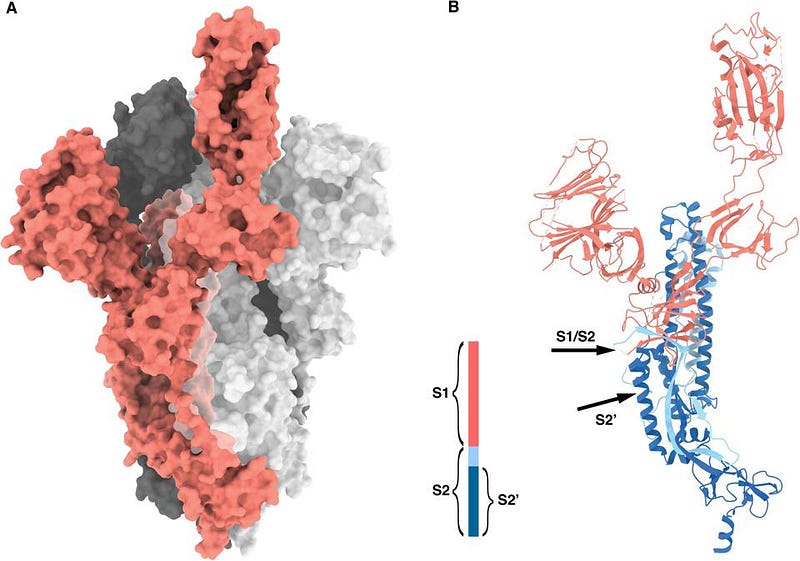
What’s needed — in fact, what even professionals in fields like immunology, epidemiology, and disease ecology need — is expertise that most of us don’t have: specifically, expertise from field of virology. This includes the expertise of how virus genomes evolve, how virological research is conducted, and what the specific facts that are known about viruses and how they spread and reproduce. It also includes what’s likely, unlikely, or impossible to happen when you tinker with a virus’s genome through various natural and artificial modification methods.
If you want to know whether a laboratory origin for SARS-CoV-2 is reasonable, the two things to look at are the genome of the disease and the ecological modeling of how that disease should behave in the wild. From the virus’s genome, we can robustly conclude that the mechanisms proposed for how this virus would have arisen in a lab are all wildly insufficient to explain its properties. From the case records of COVID-19 and the behavior of the disease, it’s likely that the first cases in Hubei province occurred as early as October of 2019, meaning that the alleged infections among Wuhan Institute of Virology workers could not explain the origin of the very first cases.
But even beyond that, it’s important to take a look at the research in question: that of Dr. Shi Zhengli — known as China’s “bat woman” for her research into bat-borne diseases — at the Wuhan Institute of Virology.

Over the past 17 years, Dr. Shi has been the pre-eminent virus hunter in bats, undertaking expeditions into bat caves to find and characterize novel viruses in an attempt to combat something that could turn into the next SARS: a disease that first emerged in 2002/2003, infecting more than 8,000 and with a fatality rate of nearly 10%. In late December of 2019, the director of the Wuhan Institute of Virology, her direct boss, told her that the Wuhan CDC had detected a novel strain of coronavirus in two hospital patients with an unusual form of pneumonia, and she was told to investigate. Immediately, she feared the worst: that perhaps the virus could have come from her lab.
But what she did next was what you’d want any good researcher to do: she went through her lab’s records to check the genetic sequences from all of the viruses in her lab. The results? None of them matched SARS-CoV-2. In fact, the closest match — at 96% — was a coronavirus that was identified in a population of horseshoe bat in Yunnan: three provinces away from Hubei, where Wuhan is located. This is not novel information, either; it was published in Nature back in early February, 2020.

Diseases do frequently jump from animals to humans, and this trend is fully expected to continue without purposeful intervention. Swine flus arise from pig farming; bird flus largely arise from poultry farming. Civets brought the original SARS into humans; horses brought the Hendra virus into humans; pigs brought the Nipah virus into humans. In addition, the low fatality rate of COVID-19 and the high incidence of asymptomatic individuals indicates that the pathogen could have been around for some time before the first severe cases emerged. Virologist Ralph Baric of the University of North Carolina, Chapel Hill, drew attention to the following important point:
“There might have been mini-outbreaks [before the first wave of major cases], but the viruses either burned out or maintained low-level transmission before causing havoc. [Since most animal-borne viruses re-emerge periodically], the Wuhan outbreak is by no means incidental.”
Indeed, in two-out-of-three simulations, the natural emergence of SARS-CoV-2 in humans would result in extinction of the virus before an epidemic ensued. Either we got relatively unlucky, which is possible, or this might not have been the first jump of the virus to humans; it’s just the first jump we know of. In addition, it may not be the last, which further emphasizes the importance of identifying and studying these viruses in the wild and in the lab: before the next pandemic occurs.
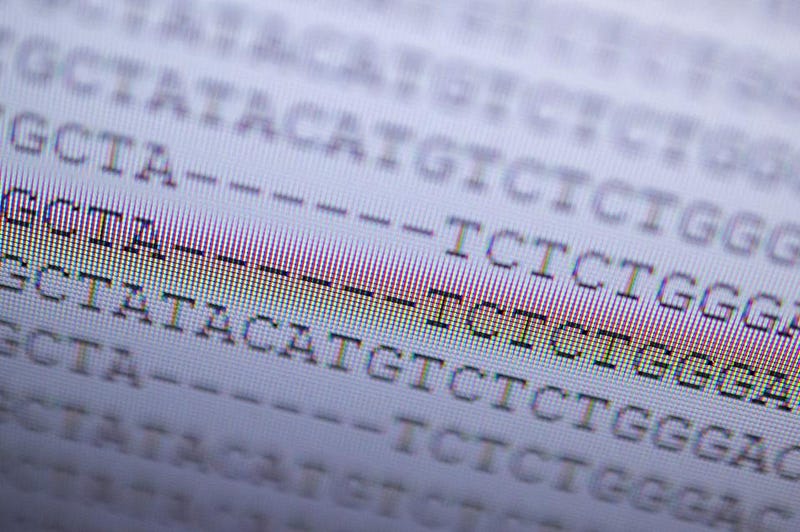
The virological evidence supporting a laboratory origin of SARS-CoV-2, on the other hand, is enormously flimsy. The idea that we can insert novel genetic sequences into a virus is true, but what happens next isn’t generally appreciated. In particular:
- you may or may not get a successful protein,
- even if you do get a successful protein, it may not work well in the context of the complete viral organism, as viruses are highly complex, evolved organisms, not a simple toy that can be manipulated like Lego bricks,
- it may or may not replicate successfully in the target cells of interest,
- where even viruses that are successful at infecting target cells in tissue cultures may not be successful in the context of a host with a complex, fully functional immune system,
- even if you do get one that’s well-enough adapted to its new host, its transmissibility may be altered, rendering an easily-spread virus unlikely,
- and even if it’s a successful virus, it’s uncertain that it would pose a lethal threat to the host species.
None of these criteria even consider the variation in the genetics of the host, the immunity of potential hosts, and the probabilities associated with infection among hosts. In summary, if SARS-CoV-2 was created in a lab — which the evidence does not favor — this virus somehow won the generic lottery on multiple, complex fronts, each one of which is an active research area in virology to this day. Furthermore, if this virus did originate from a leak from the Wuhan Institute for Virology, it either leaked out prior to the very first cases, which is a problem for the timeline of cases, or it was already circulating in humans prior to its release. Either way, however, there would have to be an enormous conspiracy. Dr. Shi must have been lying; other people in her group and at the Wuhan Institute for Virology must have been lying; people at EcoHealth Alliance must have been lying; affiliated researchers such as Peter Daszek must be lying; and Dr. Fauci must be lying as well. It’s like imagining the world of Fahrenheit 451, where the “firefighters” are actually arsonists, except for virology: where the experts in pandemic prevention are actively trying to unleash pandemics upon the world.

Or, alternatively, this was a naturally occurring virus. It leapt from bats to another animal years or even decades ago, and then to humans, naturally, in 2019, which the genetic sequences clearly support. The researchers at the Wuhan Institute of Virology who were allegedly infected early on were most probably infected the same way all the other people in Wuhan got infected: likely through airborne contact with another infected person. All of the studies support the same conclusion: that once the disease entered humans, it evolved from there, with a single entry point consistent with every one of the subsequent cases.
The ultimate lesson from COVID-19, in fact, is that these pandemics are going to continue to emerge naturally, and that we should be encouraging the researchers who are on the front lines of studying these potentially infectious diseases to investigate them to the fullest extent of their abilities. Instead, the tactic we’re taking — accusing them of fraud without a shred of meaningful, direct evidence — showcases how thoroughly we’re letting fear and conspiratorial thinking cloud our judgment. After all, our thinking about what the “next pandemic” would be was woefully incorrect; it would be a shame to not learn the valuable lessons that COVID-19 has to teach us. As Dr. Joel Wertheim at the University of California, San Diego, put it,
“Pandemic surveillance wasn’t prepared for a virus like SARS-CoV-2. We were looking for the next SARS or MERS, something that killed people at a high rate, but in hindsight, we see how a highly transmissible virus with a modest mortality rate can also lay the world low.”
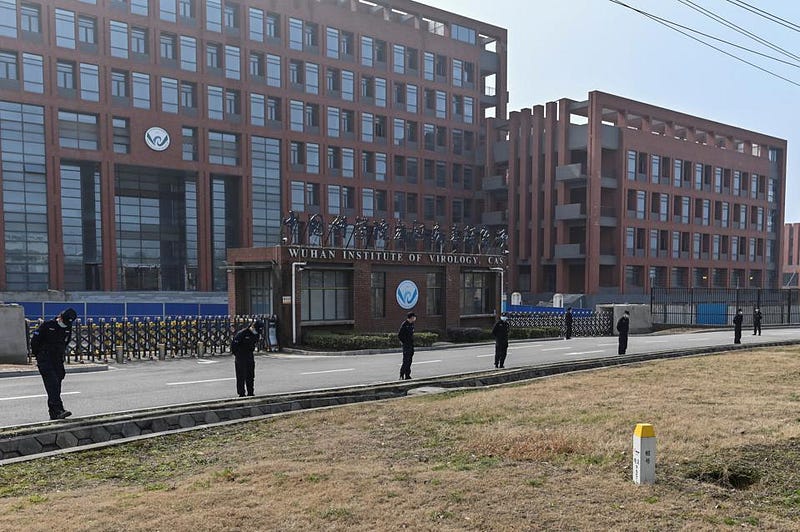
What no one is disputing is that it’s reasonable to be concerned about security at research institutes, and to be concerned about lab leaks in general. If you wanted to call for routine inspections, and the enforcement of sufficient safety criteria across the board, there are very few who would be opposed to that. But a call for a large-scale, outside investigation into Dr. Shi’s laboratory lacks the necessary evidence to motivate it. If any of the 18 scientists who signed the recent Science letter calling for such an investigation actually wanted to investigate the lab leak hypothesis in a scientific manner, they would simply write a research grant to do so. That’s how virology is routinely performed, and how scientific and professional misconduct in virology has been uncovered in the past.
The fact that they’ve brought their case to the general public instead reveals how flimsy their arguments are, while a broader concern is that the next time a pandemic flu emerges within the United States, we’ll have set a grossly unacceptable international precedent. American scientists will be vilified and harassed; foreign agents will demand access to our federally funded labs; lab records will be demanded by foreign governments; etc. This is a Pandora’s Box, brought forth by political inquisitors, that must not be opened unless adequate scientific proof of these specious allegations comes to light.
We frequently say that what can be asserted without evidence can be dismissed without evidence, and this conspiracy theory of a lab leak-origin for SARS-CoV-2 should be treated as such. Dr. Fauci, EcoHealth Alliance, and Dr. Shi, among others, simply have the misfortune of being in the crosshairs of political agents who themselves have been largely responsible for the mismanaged global response to this inevitable pandemic. Just like the notions that 9/11 was an inside job, the Apollo Moon landings were a hoax, or that “ClimateGate” proves the unethical behavior of practically all climate scientists, there is plenty of strong evidence opposing the conspiracy, instead supporting the consensus conclusion. If we are to take an alternative seriously, it cannot just consist of circumstantial evidence with enormous gaps separating the steps; you would need concrete evidence. Unless that evidence arrives, the “lab leak hypothesis” will remain a conspiracy theory, while the zoonotic origin hypothesis remains overwhelmingly supported by the evidence at hand.
Starts With A Bang is written by Ethan Siegel, Ph.D., author of Beyond The Galaxy, and Treknology: The Science of Star Trek from Tricorders to Warp Drive.





